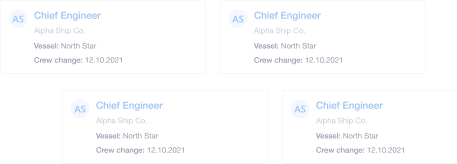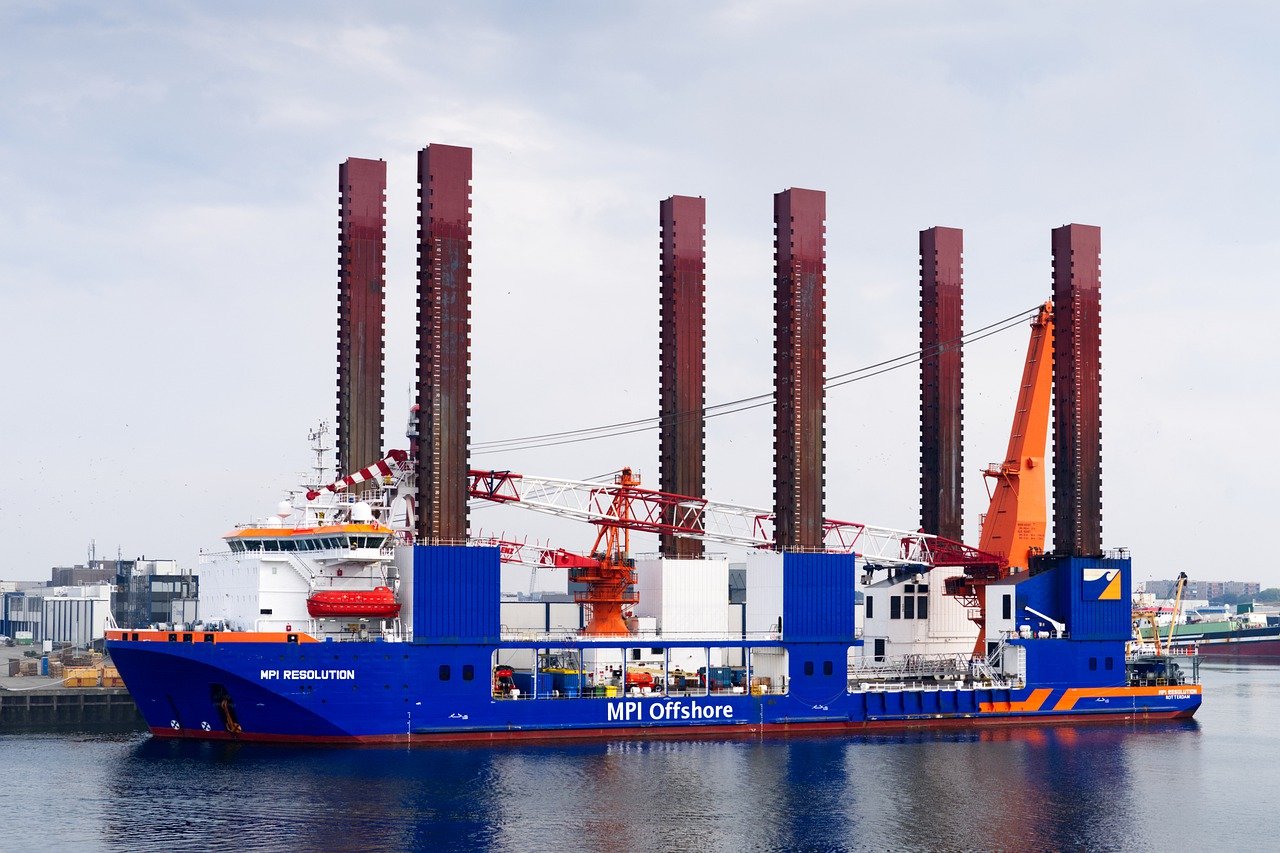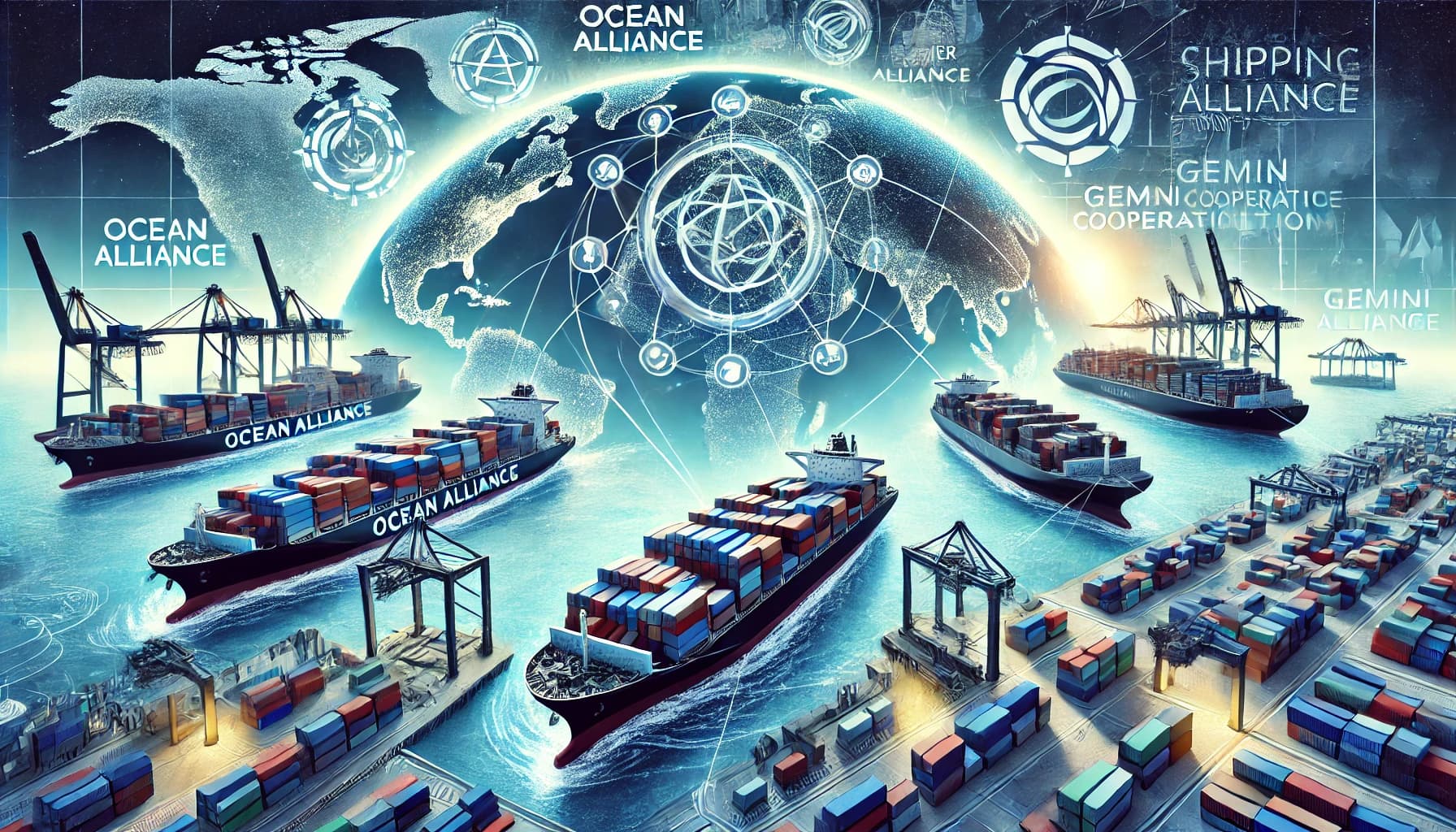As you have probably guessed from its name, a crane vessel - also known as a floating crane, crane ship or sometimes a heavy lift vessel - is an ocean-going vessel which has one or more cranes mounted on it. These gigantic ships are incredibly powerful and can handle extremely heavy loads.
A crane vessel’s main purpose is to assist in the construction of offshore structures, as well as conduct salvage operations.
But whilst its name might be self-explanatory, there is quite a lot more to know about crane vessels. And as this article is one in a series of blog posts about different types of ships and vessels that looks at everything from pilot boats and passenger ferries to fishing vessels, it’s only right that we take a closer look at this hardworking ship!
What are crane vessels and what do they do?
A crane vessel comes in three different types: Regular crane vessels, semi-submersible crane vessels, and sheerleg crane vessels. We will cover each of these different types of cranes below.
Read more: Everything You Need to Know About Mining Ships
To understand the basic principle of what a crane ship does, think of a normal crane that is used in land-based construction or cargo operations in a port. The only real difference is that crane vessels are, obviously, used at sea whilst the former is used on dry land.
Crane vessel design
Some crane vessels are designed and built with a standard monohull - just like a conventional cargo ship. Having said that, the really big crane ships are usually either built to be semi-submersible (more on that later) or are designed as a catamaran - i.e. with twin hulls. This gives them extra stability.
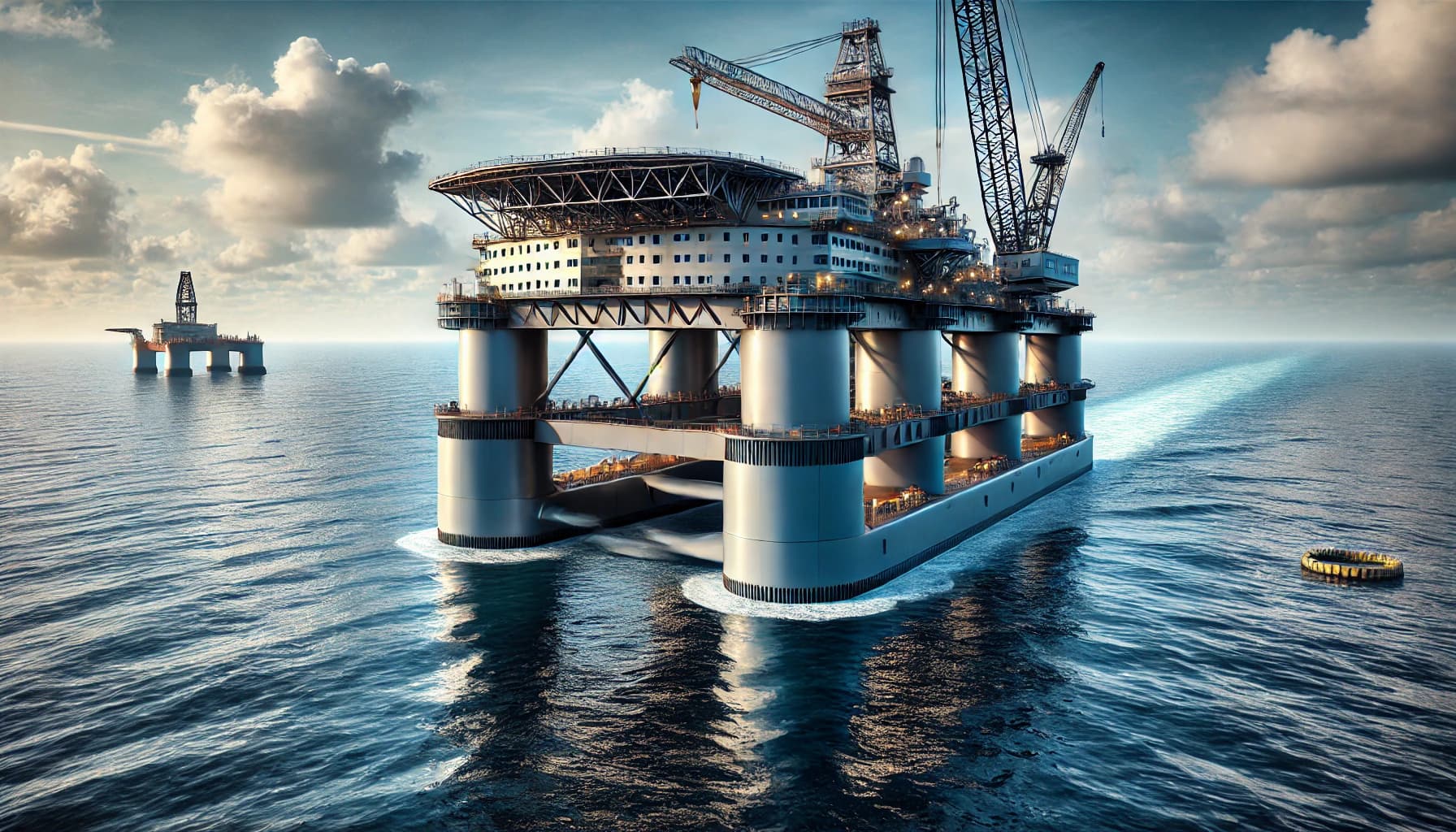
On both regular and semi-submersible crane vessels, the crane is able to rotate for ease of use. This is not the same on a sheerleg crane, on which the crane is fixed in position.
Read more: Everything You Need to Know About Coaster Vessels
The history of the crane vessel
It might surprise you to know that the crane vessel has been around since the 14th Century - though naturally the design has changed somewhat in the ensuing 800 or so years! The semi-submersible crane vessels and sheerleg crane vessels were not introduced until much later on.
The early crane ships, which began life in the ports of medieval Europe, were, like their modern day counterparts, capable of lifting great weights.
Meanwhile, fast forward to the Age of Sail, and they had an important part to play in the construction and repair of other vessels, particularly when it came to the lifting, removal and replacement of heavy wooden masts.
Read more: Everything You Need to Know About Cable Laying Ships
And like early fireboats, some of which started life as tugboats and were retrofitted with fire fighting equipment, some crane ships were also converted from other vessels.
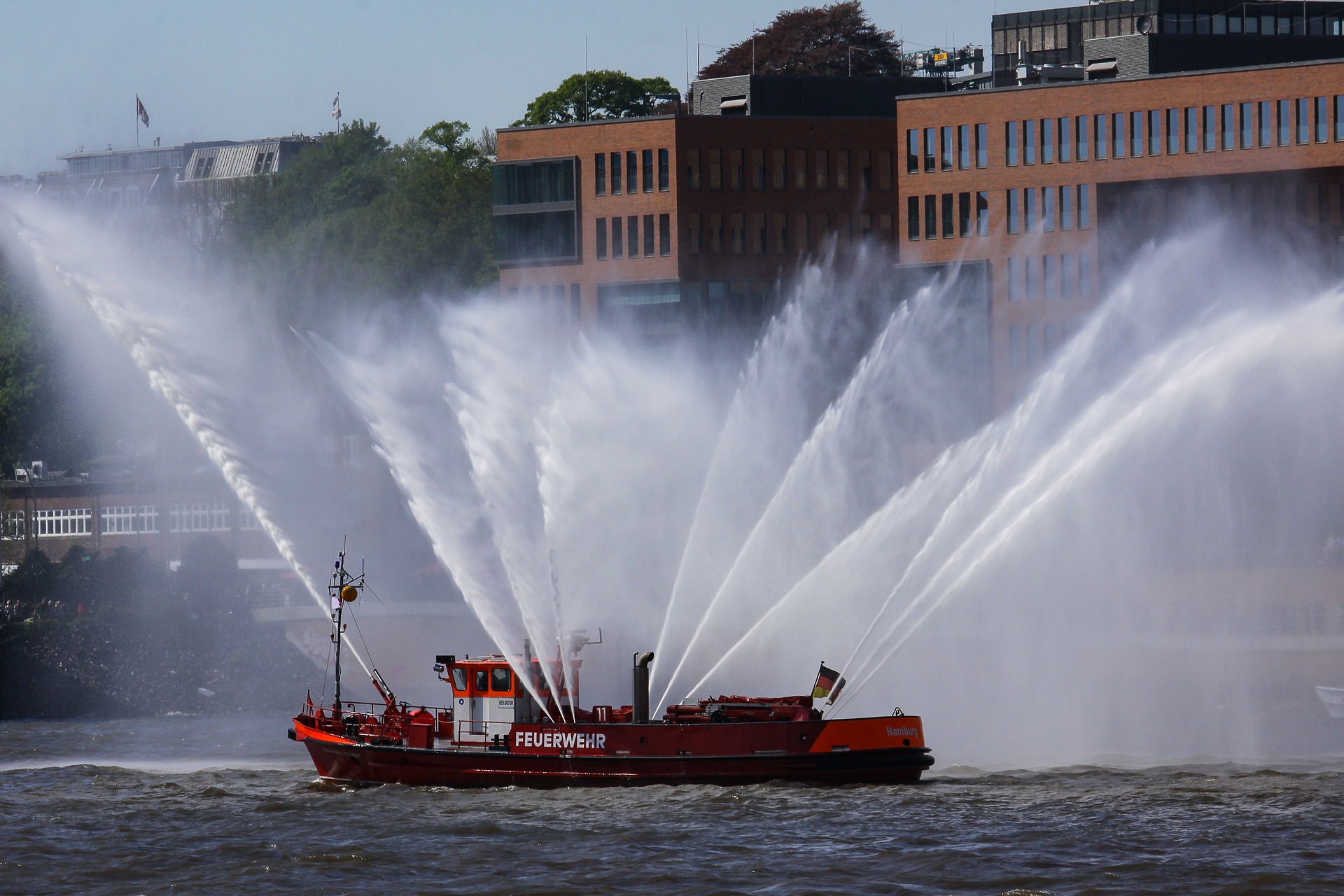
Take for example the (not very imaginatively named!) Crane Ship No. 1 which was originally a battleship named the USS Kearsarge. She too was retrofitted with a crane and was used to lift and place guns on other battleships, among other tasks.
By 1949 revolving cranes had entered the scene, making it possible for the first time to build oil platforms ashore in a module format, and then take them out to sea to be lifted into position.
Different types of crane vessels
The common denominator of crane vessels is their ability to lift extremely heavy weights. However, they do differ in design. The three different types of crane ships are:
Regular crane vessels
Although they may not look exactly the same these days, the normal, regular or common crane vessel works on the same principle as its 14th Century predecessors.
Offering a high degree of flexibility, the cranes on normal crane ships are able to rotate so have a greater degree of flexibility when lifting, replacing or removing items. Generally speaking, these cranes are able to lift around 2,500 tons.
Read more: Everything You Need to Know About LNG & LPG Tankers
Semi-submersible crane vessels
As the name suggests, these crane ships are partially submerged into the water, which provides greater stability and balance for the item that has been lifted onto them.
Extra balance is crucial as it means that the object that is being transported is less likely to destabilize and fall into the water. They also have rotating or revolving cranes.
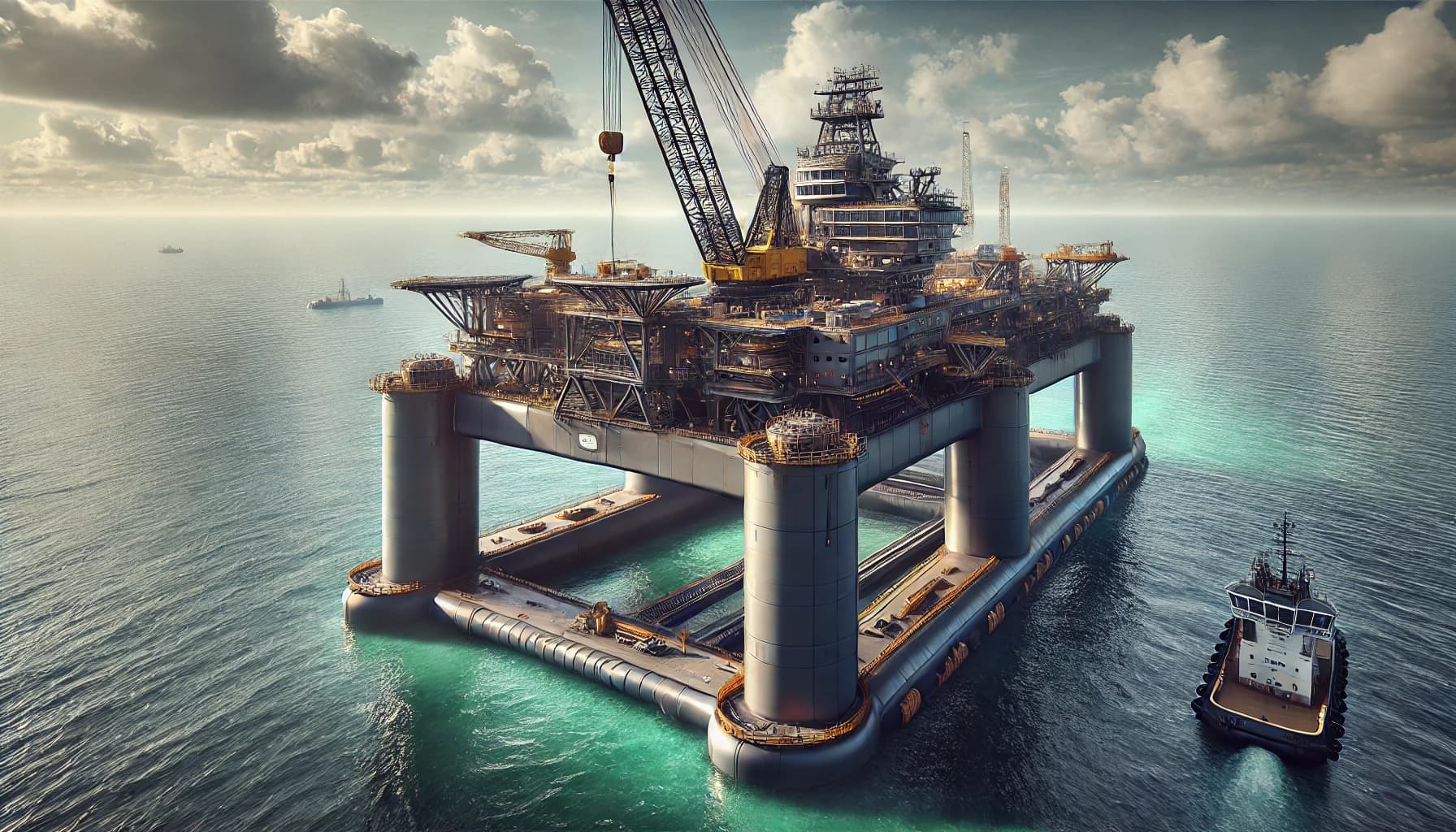
The tonnage able to be hauled and lifted by semi-submersible crane vessels varies from one ship to another, however they have a much greater lifting capacity than regular crane vessels, and are able to handle up to approximately 14,000 tons.
Sheerleg crane vessels
The sheerleg crane has a lot less lifting power than the semi-submersible crane ship with its capacity ranging from around 50 tons to 4000 tons. The cranes on these vessels are static and not able to rotate, meaning that the ship needs to be maneuvered into position in order to be able to access anything they are tasked with lifting or hauling.
The legacy of the crane vessel
Crane vessels might not be the most beautiful ships on the ocean (at least in many eyes) but they are true workhorses and have been instrumental in making offshore construction a less complex affair. They truly are a sight to behold too, so next time you find yourself at a port or on the ocean, keep an eye out and see if you are lucky enough to spot one of these behemoths!
Want to find out more about different types of vessels?
Keep on reading our series of blog posts. For example, you may know all there is to know about cargo and container ships, but how familiar are you with lightships, feeder vessels and icebreakers?
Maybe you’re fascinated by how oil, petroleum and other fuels are transported from supplier to consumer - in which case you might want to read more about oil tankers, chemical tankers and gas carrier ships.
Or how about finding out the similarities between roro ships and car carriers, or getting the lowdown on dredgers and bulk carriers such as Panamax and Supramax vessels?
There are a lot of different vessels and boats out there to explore and we look forward to bringing you even more information about them.
Meanwhile, why not follow us on Facebook, LinkedIn and Twitter / X too?
Read the previous article in this series: Everything You Need to Know About Gas Carriers
Read the next article in this series: Everything You Need to Know About Cruise Ships

Eve Church
Eve is Martide's content writer, publishing regular posts on everything from our maritime recruitment and crew planning software to life at sea. Eve has been writing professionally for more than two decades, crafting everything from SEO-focused blog posts and website landing pages to magazine articles and corporate whitepapers.
UK
